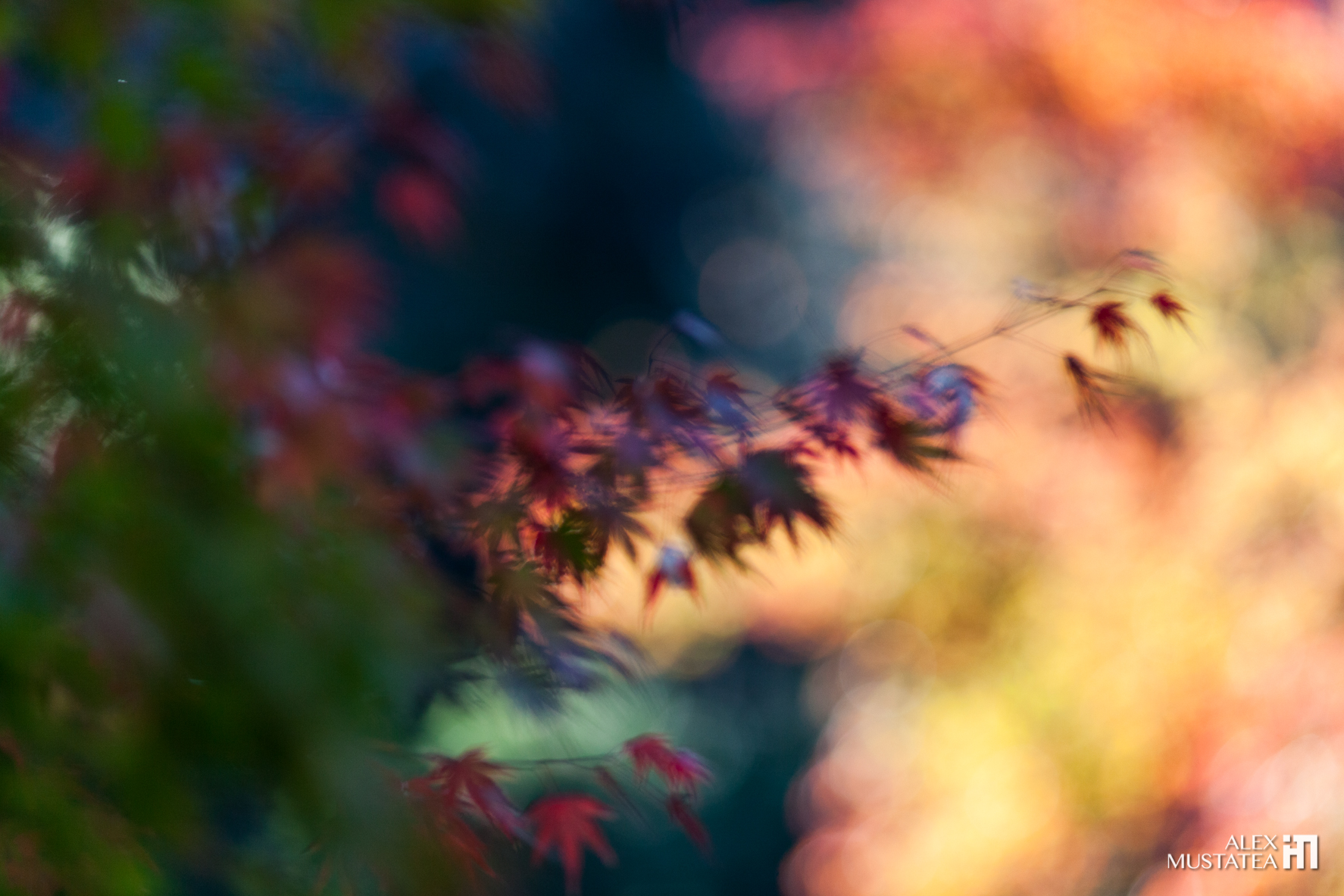
13 Nov Connections made, not broken – Felice Beato, nihonga and momiji
On Sunday I got a bit of a breather and headed to Chiba, partially for some momiji-viewing at Narita-san (Shinshōji), and partially because I’ve been wanting to see the Felice Beato exhibition at Kawamura Memorial DIC Museum of Art for some time now (ending December 3rd, for whoever’s interested!).
The exhibition was impressive, with some 180 of Beato’s bakumatsu portraits and landscapes of Yokohama and Edo, some charming paintings and sketches by Charles Wirgman (Beato’s friend and collaborator) and a few yōga (洋画, Western painting) and nanga (南画, or bunjinga文人画) paintings.
I enjoyed Beato’s photos a lot, especially the portraits (ranging from geishas to high-ranking Sakuma officials), the Tōkaidō (東海道) scenes and the Edo panoramas taken from Atagoyama (present-day Nishi-Shinbashi), so I warmly recommend the exhibition if you’re interested in photography or Edo-Meiji history. There are a lot of treasures to go through. Also, you can see the two paintings that stole my heart :).
The first one, Kansetsu Hashimoto (橋本関雪)’s 1910 Song of the Lute (Biwakō, 琵琶行), is a scene depicting a party of three, two men and a woman (a biwa musician), conversing and drinking on a boat. Other than the simple bunjinga strokes and light colours which I’m drawn to instinctively, the demurely sad expression of the three characters who should – by all other signs – be enjoying a light-hearted encounter, was particularly striking.
The scene was inspired by a Chinese epic poem written by Bai Juyi (白楽天, 772-846), Pipa Xing (Pipa Song) – which also inspired this piece by Akira Ifukube, as I just found out today:
One night, the story goes, after being demoted from the capital and sent to a local prefecture, Bai Juyi was seeing off his friends in the Penpu harbour on the Yangze river, when he heard a pipa (琵琶) tune being played from a neighbouring boat. The poet invited the musician on his boat, where she played the lute and told her story, while the poet mused on his own sorrow of having been sent away from the Capital. The woman, a formerly famous musician in the capital, ended up marrying a tea merchant and now spent her days tending to her husband’s boat, with ‘no company but the cold water and the moon’, dreaming of the past and playing her lute. A fleeting encounter between two lonely strangers, accompanied by the unassumingly sad sound of the instrument:
Chattering and pattering, pattering and chattering,
As pearls, large and small, on a jade plate fall.
The sweet melody recalls oriole singing among flowers,
The sobbing music brings the gushing spring out of glacier,
The spring frozen, the strings ceased vibration.
The second painting that stayed with me did so for far less lyrical reasons. Bungo Sakuma(佐久間文吾)’s 1889 Sketch of Nagafusa Village* is probably one of the first attempts by Meiji Japanese artists to paint in the newly introduced Western style (yōga 洋画), and it depicts a townscape at sunset, with people quietly walking on the main street. The painting is framed in-painting, resembling a beautifully ornamented film-strip: above and below the townscape painted in the warm, dark tones of an autumn sunset light, Sakuma ornated the remaining white strip of canvas with a calligraphic title in English and a few elegantly scattered sumi-e (墨絵) maple leaves, birds and bamboo branches. Somewhat reminiscent of (a carefully ornate) ukiyo-e border.
Anyway, I do recommend the exhibition, as well as the museum. It also has a beautiful garden, which should look pretty cool around this time next week. We didn’t spend so much time there this time, because we wanted to catch a bit of light around Shinshōji, too.
We also found an open-air historical museum on our way back (Bōsō no Mura), where we saw this determined little guy :):
All in all, a beautiful Sunday. Which ended with a warm, well deserved shabu-shabu, with lots and lots of chewy mushrooms and mochi :D.
***
Also, I got myself a little present :D:


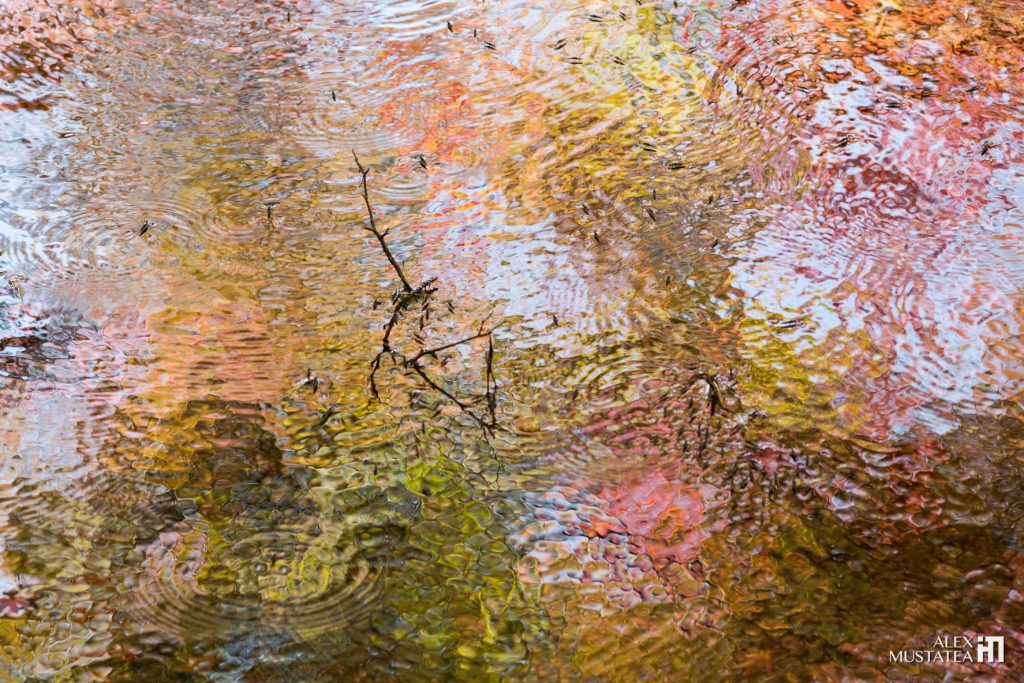
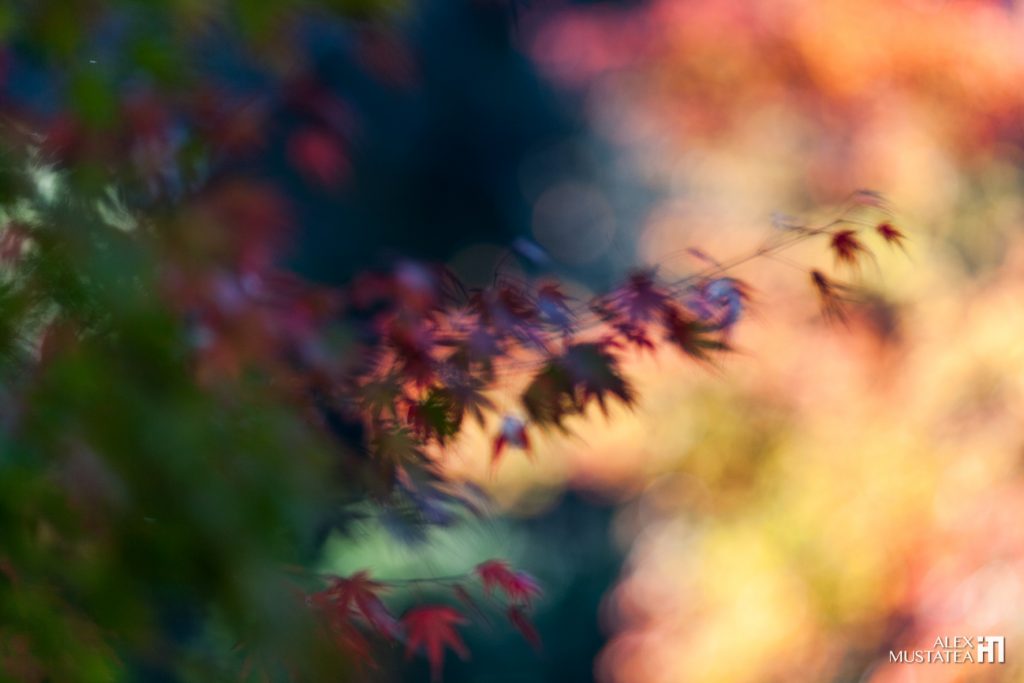
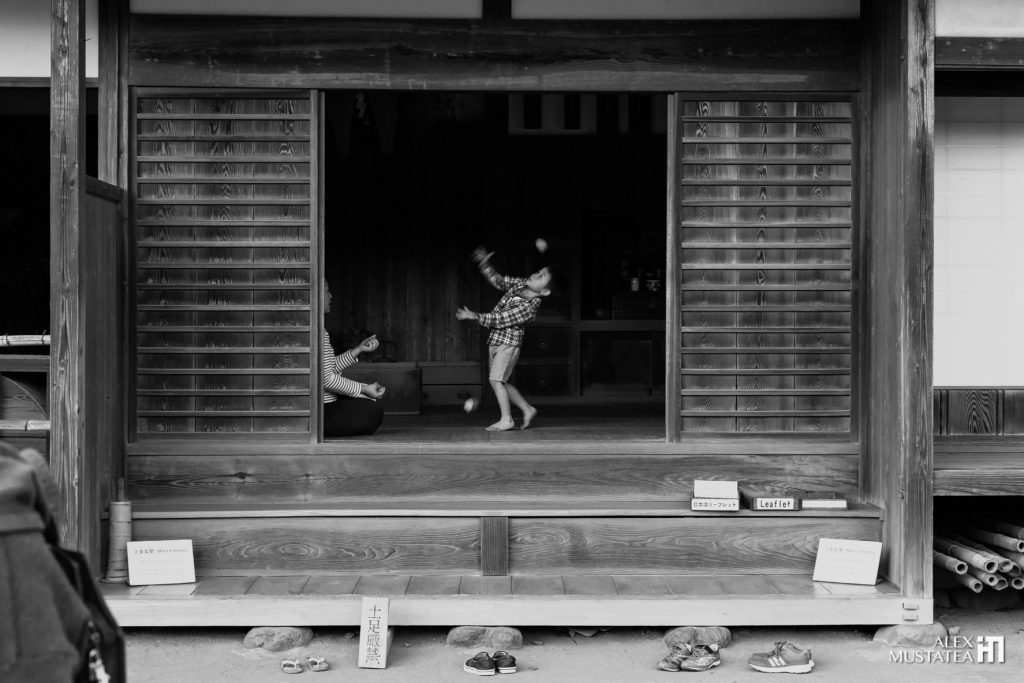
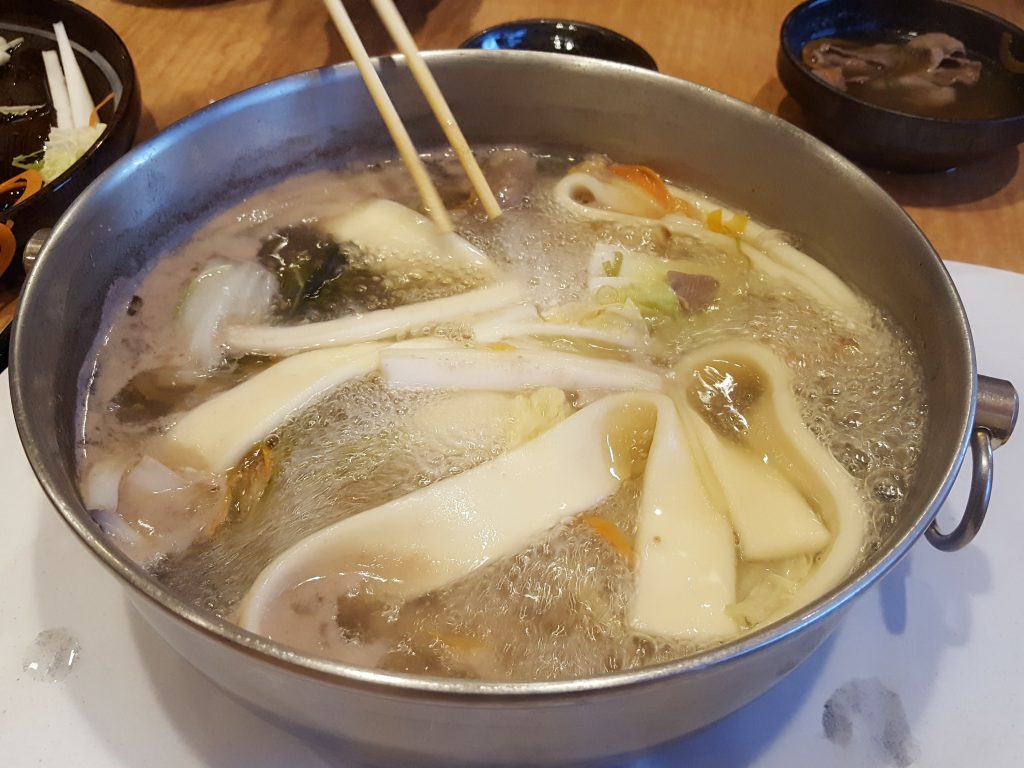
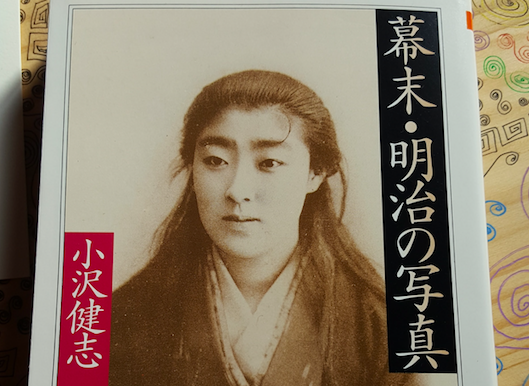
No Comments